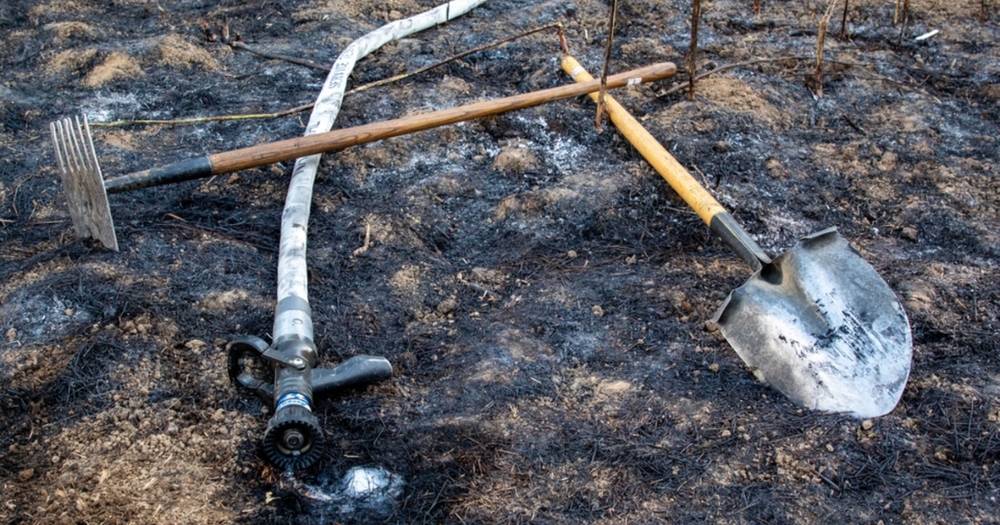
Maintaining hand tools isn't just about ensuring they last long or look clean. It's about safeguarding the very lives that depend on them. A poorly maintained tool can lead to malfunctions at critical moments, potential injuries, and even mission failures.
But when these wildland fire tools are given the attention and care they deserve, they don't just perform better—they also help guarantee that our firefighters can operate safely and confidently on the front lines.
Why Maintenance Matters
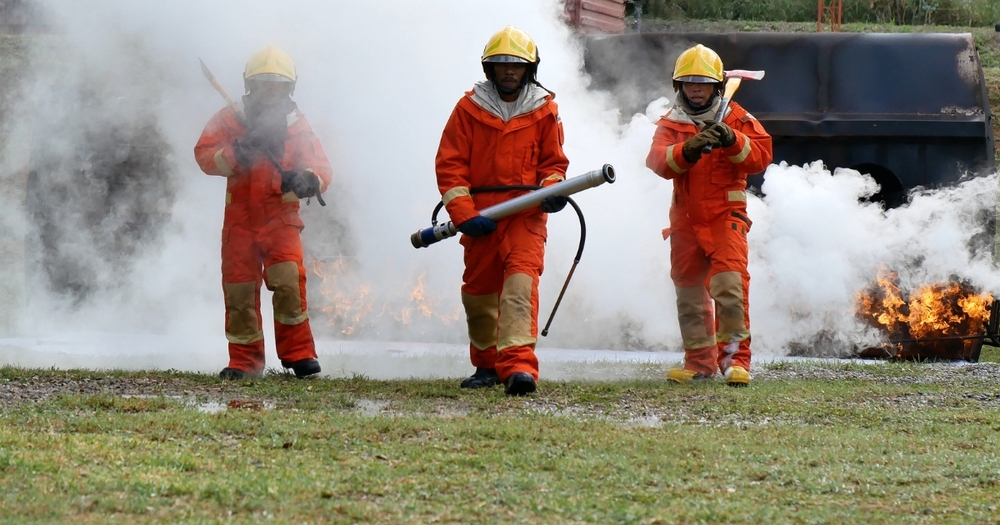
Understanding the importance of tool maintenance is twofold: recognizing the benefits of proactive care and being aware of the risks of neglect.
Benefits of Maintenance:
- Optimal Performance: Well-maintained tools function consistently, ensuring firefighters can operate effectively during critical moments.
- Safety: Regular checks and tool upkeep minimize the risk of accidents resulting from equipment failure.
- Financial Savings: Extending the lifespan of tools through proper care reduces the cost of frequent replacements.
- Boosted Morale: Knowing tools are reliable and in top condition enhances confidence on the frontline.
Risks of Neglect:
- Tool Malfunction: Overlooked tools can break or fail unexpectedly, possibly at crucial moments during firefighting operations.
- Increased Hazards: Dull or compromised tools increase the risk of injuries.
- Reduced Efficiency: Neglected tools can slow down operations, giving wildfires more time to spread or intensify.
- Financial Drain: Consistently replacing worn-out tools due to neglect can strain budgets.
Specialized Maintenance Tips for Specific Tools
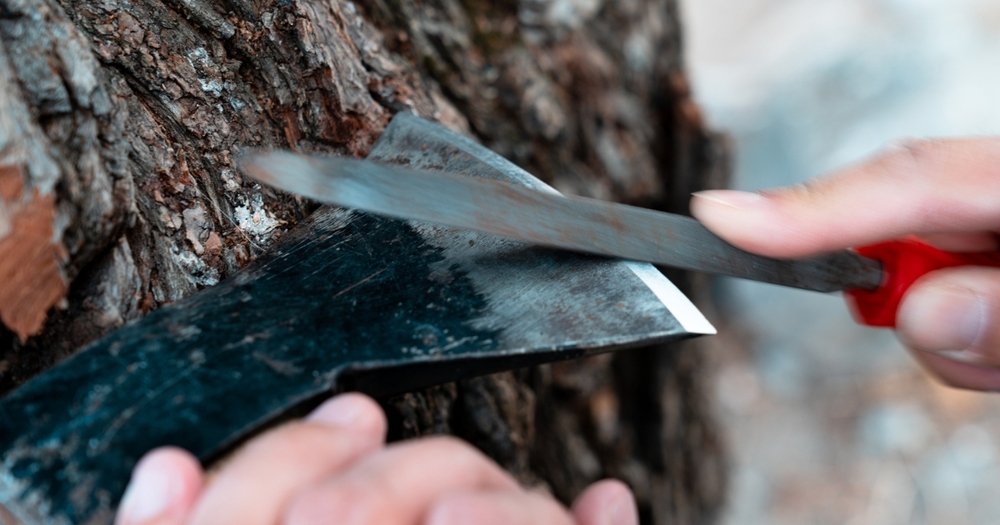
Wildland firefighters possess a diverse array of tools to tackle varied challenges. While each tool deserves diligent care, we'll spotlight a few of the most commonly used ones and offer concise maintenance tips.
Pulaski Axe:
- Sharpening: Use a mill file for the axe blade and a round file for the grub hoe end.
- Cleaning: Remove sap and resin with a solvent; always dry thoroughly to prevent rust.
Drip Torch:
- Cleaning: Empty the torch and clean its interior with a wire brush after every use to prevent clogging.
- Storage: Store upright in a cool, dry place with the vent open to allow any residual fuel to evaporate.
McLeod Rake:
- Sharpening: Keep the rake's teeth sharp with a flat file for efficient soil cutting.
- Cleaning: Rinse off dirt and debris, allowing it to dry before storing.
Chainsaw:
- Sharpening: Regularly sharpen the chain to maintain optimal cutting efficiency.
- Inspection: Regular checks should be made for tension in the chain. Inspect the condition of the bar and ensure sprockets are not excessively worn.
- Cleaning: Clean air filters and check fuel systems regularly. Empty the fuel tank before storing for extended periods.
Shovel:
- Sharpening: Maintain a sharp edge with a flat file for more efficient digging.
- Cleaning: Remove soil and debris after use, and store in a dry place to prevent rust.
Fire Rake:
- Sharpening: Sharpen the tines with a flat file for efficient scraping.
- Cleaning: After each use, make sure all debris is cleaned off and check for any bending of the tines.
Fire Swatter or Flapper:
- Inspection: Regularly check the rubber or leather for any cracks, tears, or signs of brittleness. Material degradation over time is common due to extensive use, and even if there aren't visible cracks, the tool might need replacement if the material becomes brittle.
- Cleaning: Wipe down the flapper portion after use to remove any residues and store in a cool, dry place.
Backpack Pump:
- Inspection: Check for any leaks or punctures in the bag. Make sure the pump action is smooth.
- Cleaning: Rinse the inside after each use, especially if using foam additives. It's crucial to hang it to dry with the top open before storing to prevent mold or mildew buildup.
Hose Rollers and Wrenches:
- Inspection: Check for any signs of wear, especially around moving parts. Ensure rollers turn smoothly.
- Lubrication: Apply lubricant to any moving parts periodically for smooth operation.
Always refer to the manufacturer's guidelines or consult with senior firefighters for specific maintenance advice tailored to each tool's model and make.
Safety First: PPE During Maintenance
During tool maintenance, personal safety should be top of mind. Using proper Personal Protective Equipment (PPE) isn’t just a best practice—it's an essential step to prevent potential injuries.
Key PPE to Consider:
- Safety Goggles: Protects eyes from flying debris, especially during sharpening or cleaning tasks.
- Gloves: Shield hands from sharp edges, splinters, and chemicals. Gloves should be fit for the specific task at hand (e.g., chemical-resistant for cleaning agents).
- Dust Masks: Essential when cleaning tools, especially in dusty environments or when using chemical agents.
- Ear Protection: Especially crucial when operating or maintaining noisy equipment, like chainsaws, to prevent hearing damage or loss.
Establishing a Regular Maintenance Schedule
Consistency is key when it comes to tool maintenance. Establishing a regular maintenance schedule not only contributes to the longevity and efficiency of tools but also guarantees their safety for use during critical moments.
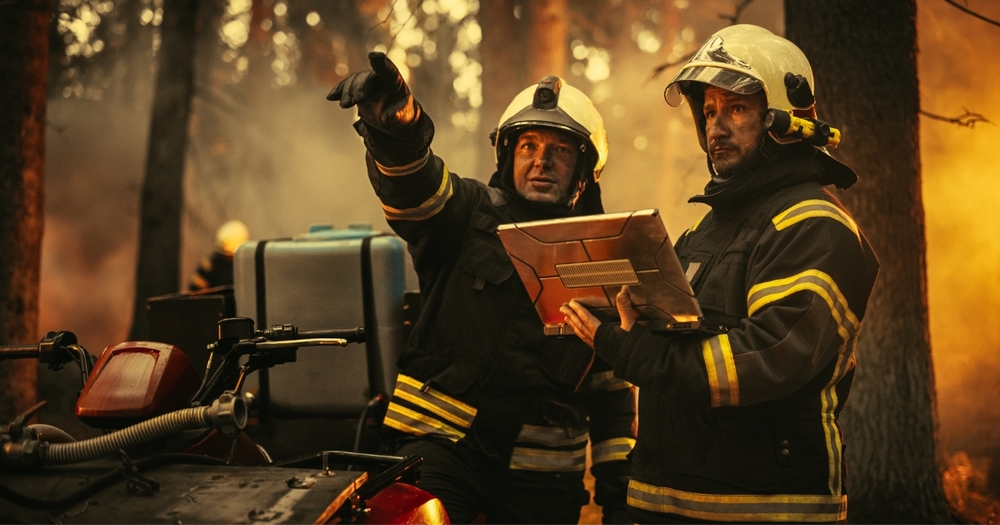
Sample Maintenance Schedule:
- Daily: Post-use cleaning to remove dirt, soot, and residues. Quick visual check for any glaring damages.
- Weekly: More in-depth inspection for wear and tear. Check for loose parts, damaged edges, or corrosion.
- Monthly: Full cleaning, sharpening of cutting tools, and lubrication of moving parts.
- Annually: Comprehensive review and servicing. Consider professional servicing for complex tools.
Readiness Beyond the Flames
In the heart of a blaze, there's no room for equipment failure, no moment to second-guess the reliability of a tool. It's in the quiet moments, away from the frontline, where the real work of preparation happens.
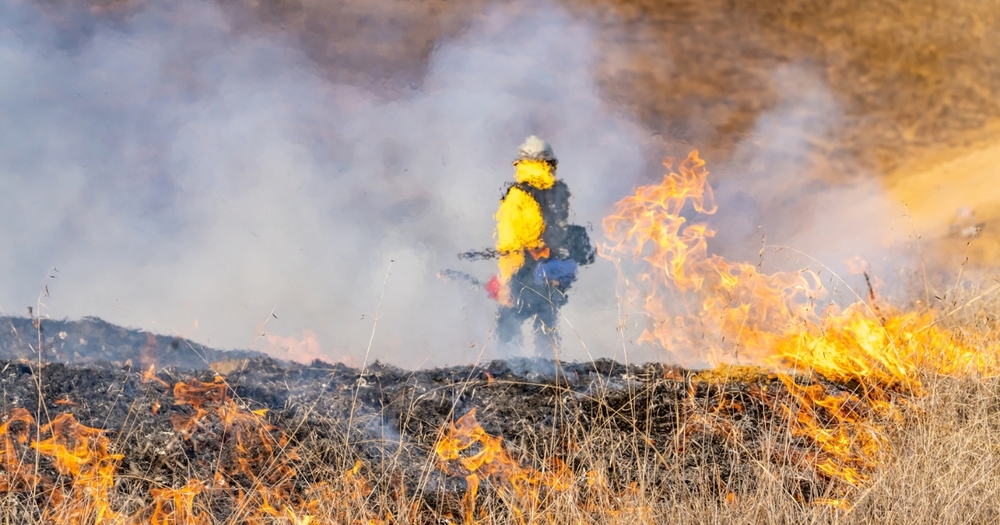
By performing regular maintenance on wildland firefighting hand tools, wildland firefighters not only safeguard their gear but also fortify their readiness, ensuring that when the call of duty arises, they're prepared in every possible way.
Discover the importance of maintaining hand tools for wildland firefighting. Our guide offers specialized tips to ensure safety, boost performance, and save costs.




